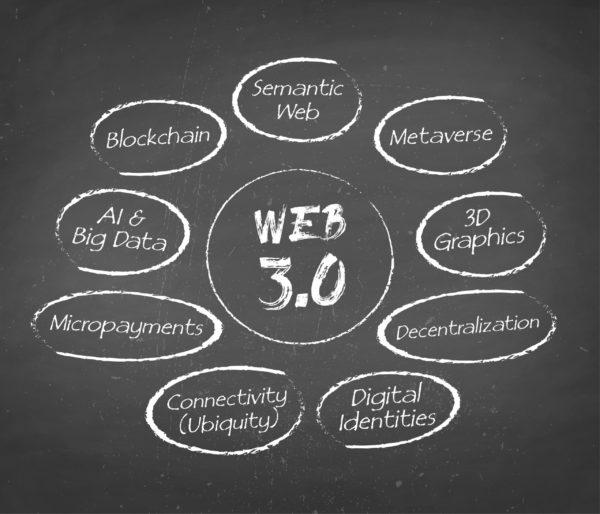How Will Web3 Change the Internet?
Web3 is a newer version of the internet. No, the entire World Wide Web isn’t being removed and replaced with something different, but this concept will add to what we already have. It could increase user privacy because of its blockchain technology. It will enable content creators to retain ownership of their data. Web3’s purpose is to redistribute ownership of the internet because a few massive corporations control so much of the content and monetization. Here’s a look at how Web3 is different and why it’s important to the future of the internet.

Web3 isn’t reinventing the wheel but rather using existing technologies to alter how we use the internet. If successful, it will turn the internet into a read/write/own version of the web, allowing users to retain ownership of everything they create.
A brief history of the internet

To better understand Web3, it’s worth looking at other versions of the internet. Web 1.0 and Web 2.0 served a purpose, but this advancement takes the concept even further.
Web 1.0 was the earliest version of the internet. It was a read-only concept, so there was very little interaction between users, and individuals would rarely produce content. This version was the norm between 1990 and 2004, when a change occurred in the online world.
Web 2.0 came with the emergence of social media in 2004. Instead of being a read-only platform, Web 2.0 allowed users to read and write, and user-generated content became much more common. As Web 2.0 evolved, a handful of corporations began controlling the vast majority of online content, which is what Web3 is trying to remedy.
How Web3 is different

The concept of Web3 dates back to 2014 and was developed by Gavin Wood, the co-founder of the cryptocurrency Ethereum. Web 2.0 is built on trusting a handful of corporations with our data while allowing them to monetize the content we create. For example, most content on Facebook is user created, but the company receives ad revenue instead of the users.
Web3 is a read-write-own concept, so users could receive compensation based on the engagement their content receives. This idea would completely change how the internet works and how people use it daily.
The four core principles of Web3 are that it’s decentralized, permissionless, trustless, and has a native payment system. Users will come to understand these ideas as the technology develops.
Decentralization means we could move past an online world where Google and Facebook control everything we see based on what benefits them. Web3 ownership would instead be distributed among builders and users.
The permissionless feature means everyone has equal access to Web3. Therefore, no one can be excluded based on social status, income, or other factors.
The trustless concept means Web3 operates using economic incentives rather than third-party companies. So, you could receive rewards with direct cryptocurrency payments for creating solid content rather than hoping a third party pays you out of its ad revenue.
The native payment system Web3 would use is cryptocurrency. This usage would allow for nearly instant payments and cut banks and payment processors out of the equation.
Web3 would also better protect your identity while allowing users to own the platforms they use as a collective. The result is less censorship and less reliance on third parties when using the internet.
The future is decentralized
We’re still a few years away from Web3 becoming a reality in households around the globe, but the concept is worth learning about today because of the opportunities it could create for content creators. The privacy functions are also an advantage for everyday users.
How do you feel about the Web3 concept? Let us know in the comment section below, and don’t forget to share this information with the tech junkie in your life.